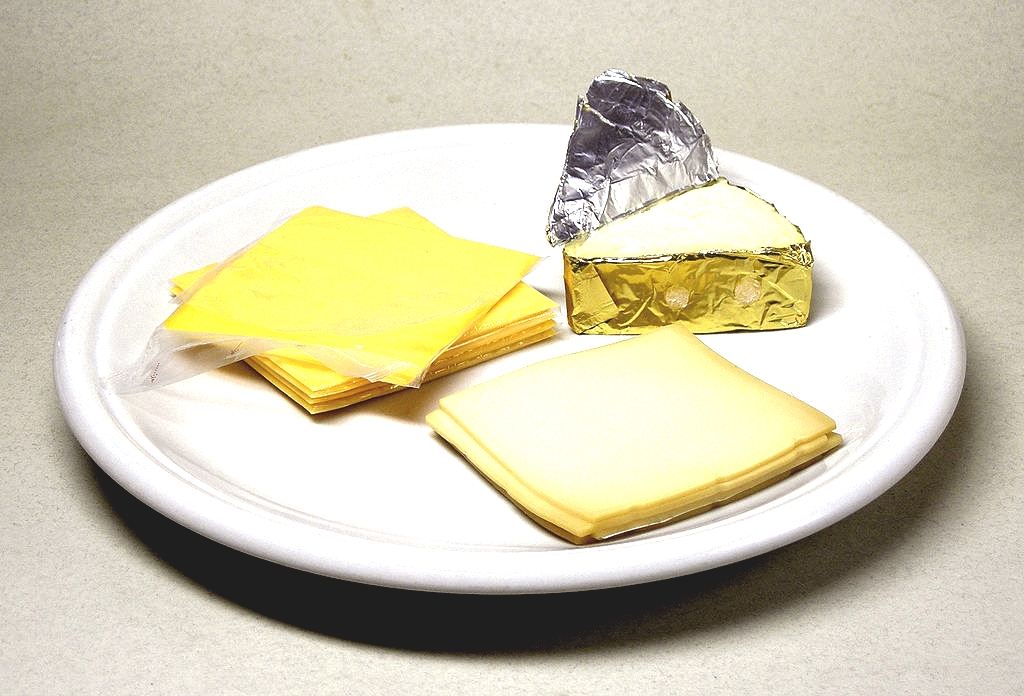Processed cheese: That's really in it [EN / DE]
Processed cheese: That's really in it
Berlin (ots) - Processed cheese is a comfortable matter - for painting on bread, cooking sauces, for gratinating dishes.
But he is not a real cheese, but only a cheese preparation. Often, water or milk are the main ingredients, but cheese itself is sometimes just a third. And: Particularly problematic are the additives, the so-called melting salts. They are often hidden behind mysterious E-numbers like E 339 or E 450 and in many cases contain phosphates. They are necessary to give the cheese the desired consistency. In the human body, however, they can lead to dangerous diseases - the bones become porous, the skin ages, muscles are broken down, the blood vessels calcify. Physicians recommend a maximum dose of 0.7 grams of phosphate per day.
The problem: Because manufacturers do not specify how much phosphate is in their products, the consumer can not know how much he is actually eating. And since phosphates are often added to other products such as coke, bag cappuccino, sausages, fast food, the dangers also add up.
Schmelzkäse: Das steckt wirklich drin
Berlin (ots) - Schmelzkäse ist eine komfortable Angelegenheit - zum Streichen auf Brot, beim Kochen von Soßen, zum Überbacken von Gerichten.
Aber er ist kein echter Käse, sondern nur eine Käse-Zubereitung. Oft sind Wasser oder Milch die Hauptbestandteile, aber Käse selbst macht mitunter nur ein Drittel aus. Und: Problematisch sind vor allem die Zusatzstoffe, die so genannten Schmelzsalze. Sie werden oft hinter mysteriösen E-Nummern wie E 339 oder E 450 versteckt und enthalten in vielen Fällen Phosphate. Sie sind nötig, um dem Käse die gewünschte Konsistenz zu geben. Im menschlichen Körper können sie aber zu gefährlichen Krankheiten führen - die Knochen werden porös, die Haut altert, Muskeln werden abgebaut, die Blutgefäße verkalken. Mediziner raten zu einer Höchstdosis von 0,7 Gramm Phosphat pro Tag.
Das Problem: Weil die Hersteller nicht angeben, wie viel Phosphat in ihren Produkten steckt, kann der Verbraucher nicht wissen, wie viel er tatsächlich zu sich nimmt. Und da auch anderen Produkten wie Cola, Tüten-Cappuccino, Wurstwaren, Fast Food oft Phosphate beigemengt werden, summieren sich auch die Gefahren.


Source: http://www.finanznachrichten.de/nachrichten-2018-04/43595155-schmelzkaese-das-steckt-wirklich-drin-007.htm
Not indicating that the content you copy/paste is not your original work could be seen as plagiarism.
Some tips to share content and add value:
Repeated plagiarized posts are considered spam. Spam is discouraged by the community, and may result in action from the cheetah bot.
Creative Commons: If you are posting content under a Creative Commons license, please attribute and link according to the specific license. If you are posting content under CC0 or Public Domain please consider noting that at the end of your post.
If you are actually the original author, please do reply to let us know!
Thank You!
Interessanter Beitrag! Würde mich bei sowas auch über Quellenangaben freuen. Liebe Grüße, Nils
Auf jeden sehr interessant.
Bin grad selbst dabei meine Ernährung umzustellen, da ich richtig merke wie meine Energie den Bach runter geht und ich immer träger werde.
Gerne mehr von solchen Posts. THUMBS UP!